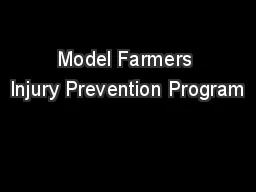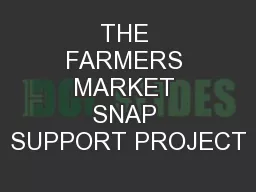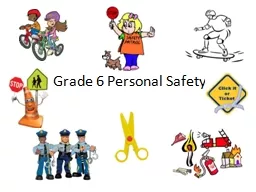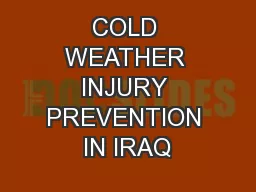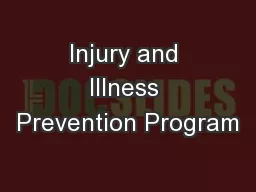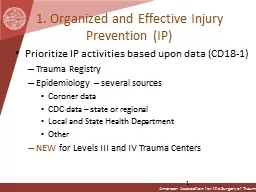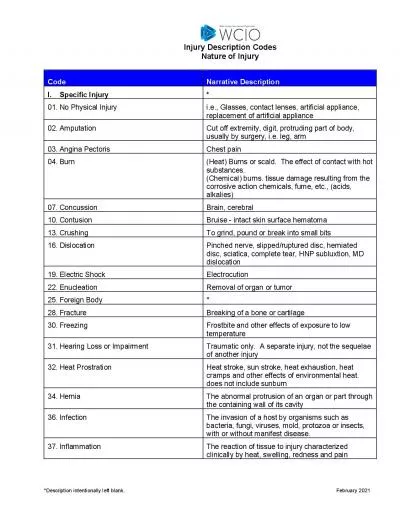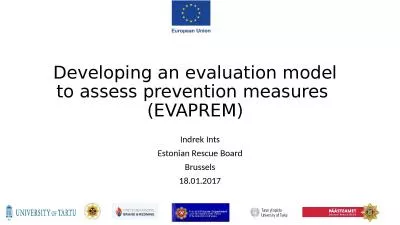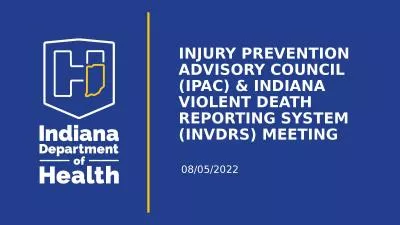PPT-Model Farmers Injury Prevention Program
Author : karlyn-bohler | Published Date : 2019-12-05
Model Farmers Injury Prevention Program Deborah Helitzer School of Medicine University of New Mexico Gary Hathorn San Juan Extension Service New Mexico State University
Presentation Embed Code
Download Presentation
Download Presentation The PPT/PDF document "Model Farmers Injury Prevention Program" is the property of its rightful owner. Permission is granted to download and print the materials on this website for personal, non-commercial use only, and to display it on your personal computer provided you do not modify the materials and that you retain all copyright notices contained in the materials. By downloading content from our website, you accept the terms of this agreement.
Model Farmers Injury Prevention Program: Transcript
Download Rules Of Document
"Model Farmers Injury Prevention Program"The content belongs to its owner. You may download and print it for personal use, without modification, and keep all copyright notices. By downloading, you agree to these terms.
Related Documents

